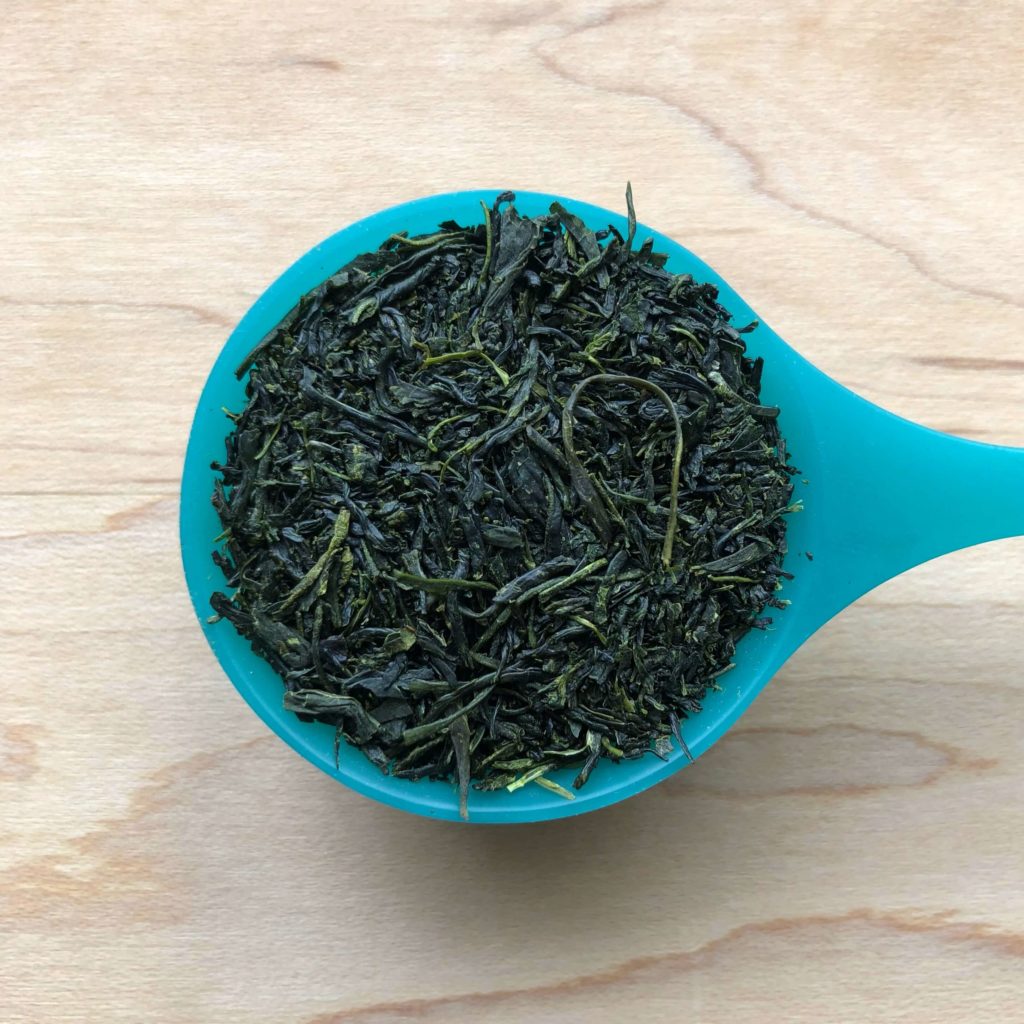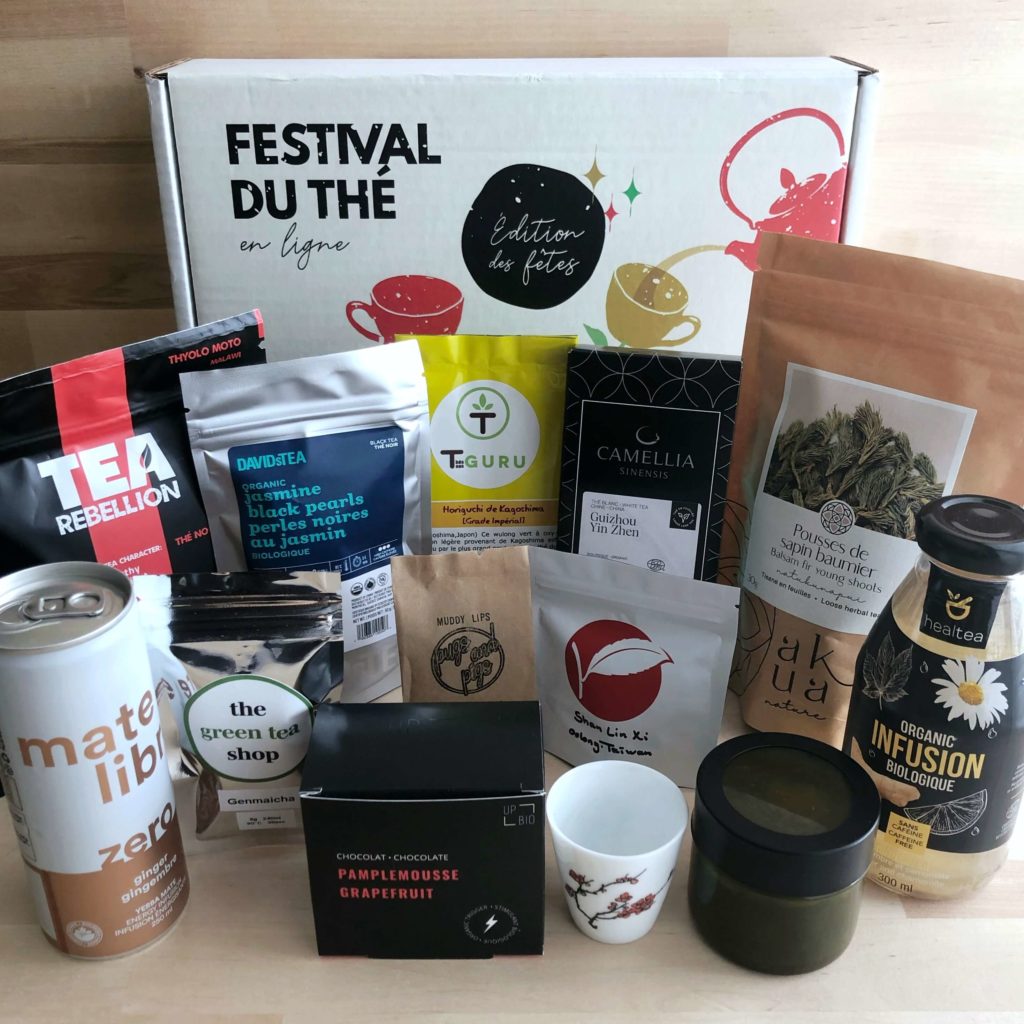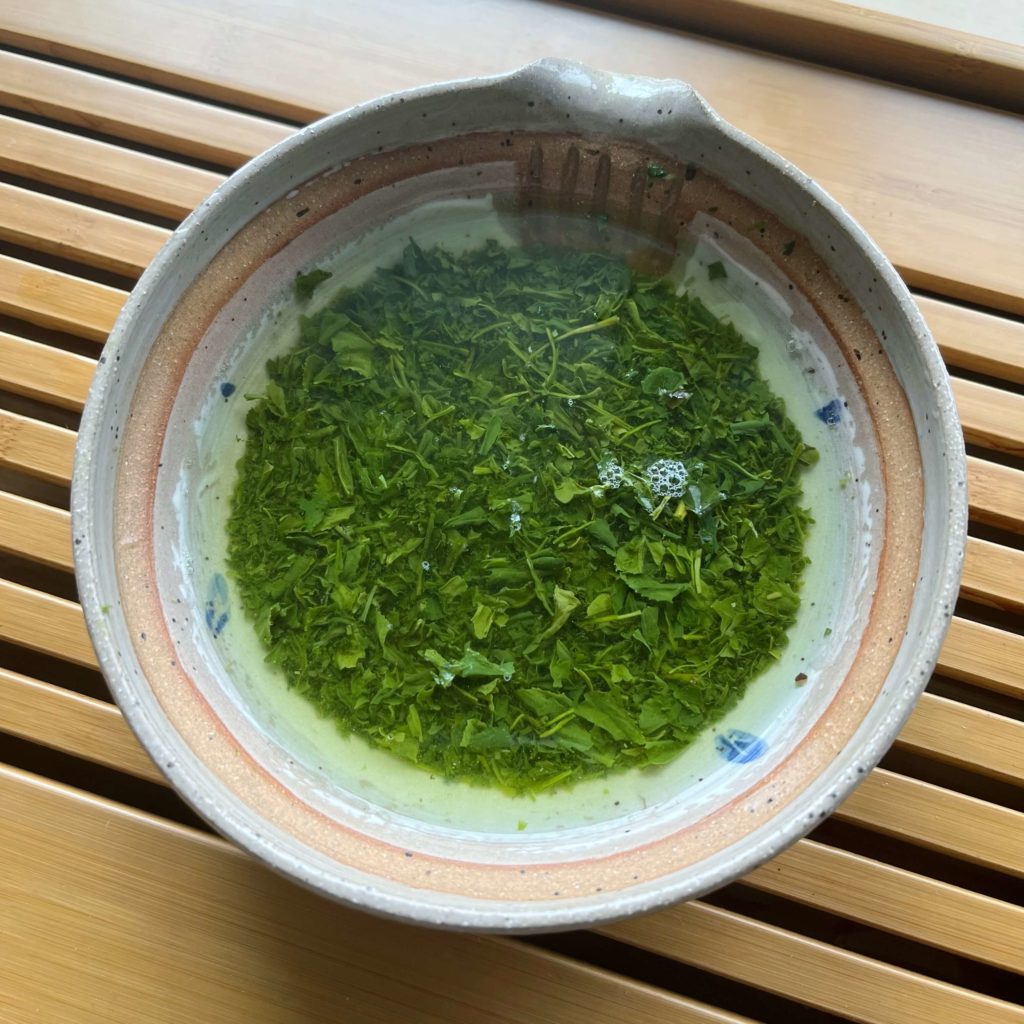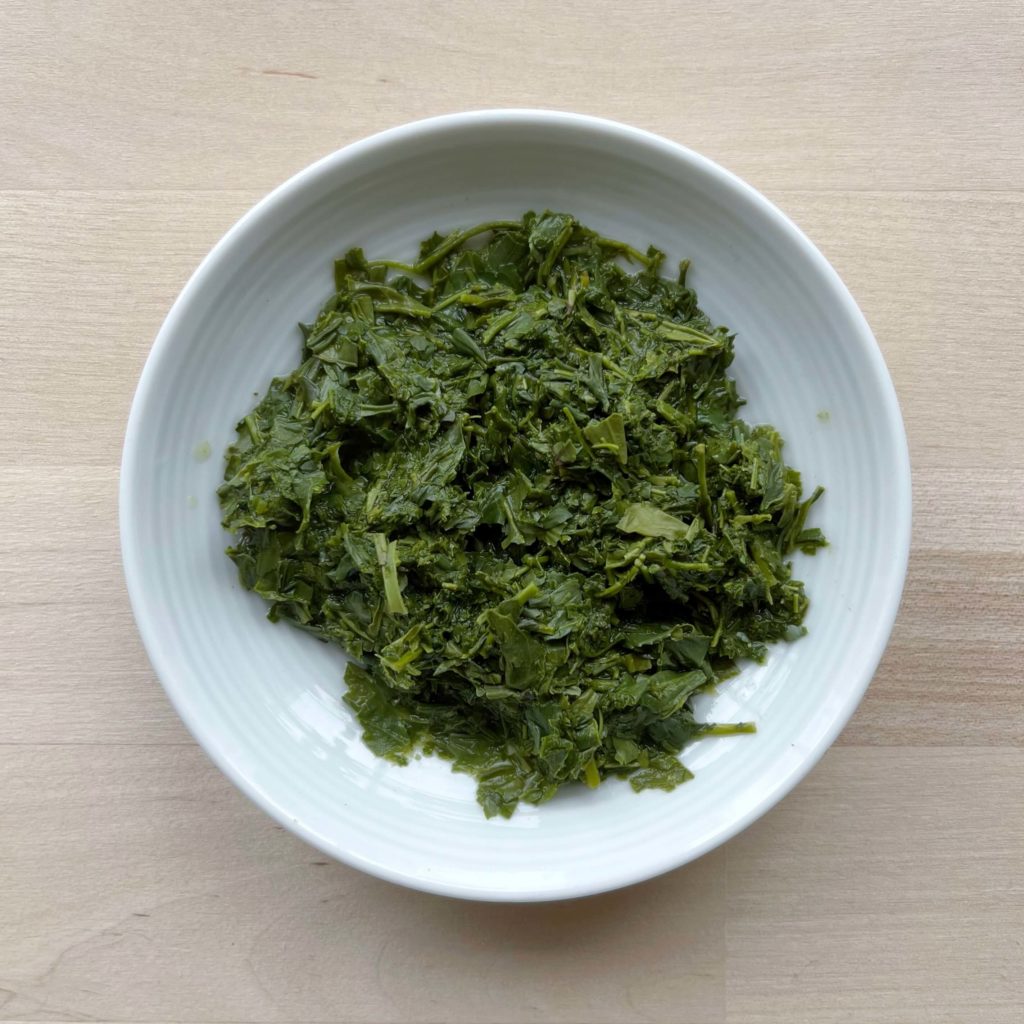
When I first opened the Grand Cru box that Festival Du Thé sent me, I gravitated toward this Japanese tea because I never tried a tamaryokucha before!
A few months ago, Festival Du Thé, an online tea festival based in Quebec, Canada, reached out and asked if I would be interested in receiving one of their tea boxes. Due to my cinnamon sensitivity, they suggested I try the Grand Cru box because it didn’t have many cinnamon products.

The box came with an assortment of teas/tisanes and tea-related products, such as chocolates, caramels, and tea filters. While there were many new brands, to me, I settled on Pugs and Pigs because I’ve wanted to try their teas for some time! I learned about the company through Instagram and I liked their minimal packaging and teaware.
Description: “Expect a buttery cup with rich marine notes and green veggies to boot.”
Instructions: 75°C | 100 ml | 45 sec, 15 sec, 15 sec | 5 g
Review: Since I’ve been missing Japan and haven’t tried tamaryokucha before, I was excited. Normally, I don’t like reviewing teas that I’ve only tried once, but I haven’t had tea from Kyushu Island before and wanted to share a new tea and production area!
The tamaryokucha was packaged in a small pre-portioned kraft paper pouch with the information and instructions stamped on it. The tea is of the saemidori cultivar and was shaded (like a kabusecha) for 10 days and mechanically picked on April 26, 2021.
As noted on the Pugs and Pigs’ website:
“Tamaryokucha resembles sencha in many aspects including taste and production methods. But while sencha leaves have a needle-like appearance due to their final rolling process, tamaryokucha undergoes its final drying without any rolling and its leaves end up shaped like commas. The term tamaryokucha means “coiled green tea” and is sometimes used interchangeably with guri-cha, or “curly tea”.”
The dry leaves were a dark jade green colour with a range of sizes, with some longer curly pieces. It smelled like pine needles and a damp forest, which wasn’t what I expected! While it wasn’t noted in the instructions, I pre-warming the tea vessel, a shiboridashi, from Secret Teatime. I debated about using a kyusu teapot but I wanted to see the leaves unfurl.

Infusion 1 (45 seconds): The liquor was a pale slightly cloudy yellow liquor with a broth-like consistency. The flavour was strong off the bat with notes of seaweed, roasted nuts, grass, and savoury umami. The grassy notes reminded me of a wheatgrass shot.
Infusion 2 (15 seconds): The pale liquor was still slightly cloudy. The taste was vegetal, nutty, and grassy with a bit of bitterness that lingered on the tip of the tongue.
Infusion 3 (15 seconds): The flavour was much milder with some vegetal notes and bitterness lingering in the mouth.

The wet leaves looked like steamed greens with a nutty and pine smell.
Overall, I am glad I was able to try this green tea! It was a new production area and a new type of Japanese green tea for me. This is a drinkable green tea that isn’t overly umami or bitter and would be nice for someone who is trying to see what a “savoury/umami” tea tastes is like. The Pugs and Pigs site mentioned that tamaryokucha was an”underrepresented” tea and I agree. I will be looking for more tamaryokucha in the future (3.5/5 rating).
- Type: Green tea
- Origin: Ureshino, Saga Prefecture, Kyushu Island
- Caffeine: Unknown
- Ingredients: Green tea
- Company: San Tea (Use to be Pugs and Pigs)
The question of the post: Have you had tamaryokucha before?
